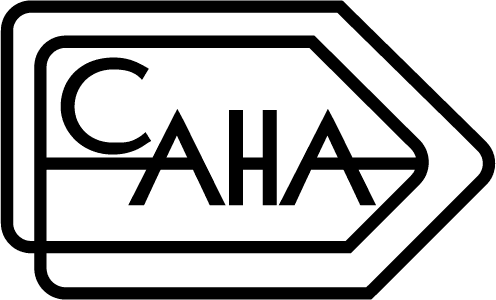After several years of doom and gloom from a threatened surge of oleochemical-based surfactants, the n-paraffin market was awoken in 2007 to potential shortages due to strong demand following the failure of the oleochemical threat. Furthermore, the n-paraffin market is no longer facing overcapacity from associated gas-to-liquids (GTL) projects.
Dozens of GTL projects, using technology designed to produce liquid fuels from natural gas or coal via Fischer-Tropsch (F-T), were proposed over the past few years, and most have now been postponed or cancelled. These plants can potentially produce non-fuel hydrocarbon products including n-paraffins. The cancellations were due to the Qatar moratorium halting future GTL projects, paired with escalating costs of plant construction and the declining price advantage that materials produced via GTL once held over crude oil derived products. An expected flood of n-paraffin capacity from GTL has been reduced to one, potentially two plants going forward.
REPORT ORGANIZATION
The report provides a comprehensive view of n-paraffins today along with an analysis of the challenges this important intermediate market faces. The report is organized into the following sections.
Process Technology
This chapter describes commercial separation processes for the production of n-paraffins and discusses kerosene feedstock issues. The chapter also describes the chemistry of F-T synthesis, including catalyst choice and hydrocarbon product selectivities, carbon distribution, iso-paraffin concentration and areas for future process research. Tables listing proposed GTL projects, including producers, locations, capacities, capital costs and status are also included.
Supply
This chapter begins with an overview of historical n-paraffin capacity, production and operating rates by region, and forecasts capacity by region annually through 2012. It includes a longer range forecast to 2017, and a discussion of the outlook for GTL-based n-paraffins. Regional trade patterns are also discussed. Profiles of individual n-paraffin producers are provided for each region, including proposed new producers. The profiles include announced capacity increases, a review of plant operations including process technology and carbon chain lengths produced; raw material sources; integration, including LAB capacity and expansion plans; and captive use versus merchant sales.
Markets
The study also discusses market trends and issues, quantifies and forecasts n-paraffin consumption by chain length and end use. Linear alkylbenzene (LAB) is the most important outlet for normal paraffins, accounting for 74 percent of the world’s total normal paraffin consumption. Other end uses include secondary alcohols, internal olefins, chlorinated paraffins, paraffin sulfonates, oilfield chemicals, rolling oils, and miscellaneous others. These are all detailed in CAHA’s study, which also includes a listing of major customers by end use and by region.
Supply/Demand Balance
This chapter analyzes and forecasts the supply/demand picture to 2017 for North America, South America, West Europe, Asia, East Europe and Middle East/Africa. The impact of GTL paraffins are considered, and a discussion of pricing includes historical data and a price forecast.
